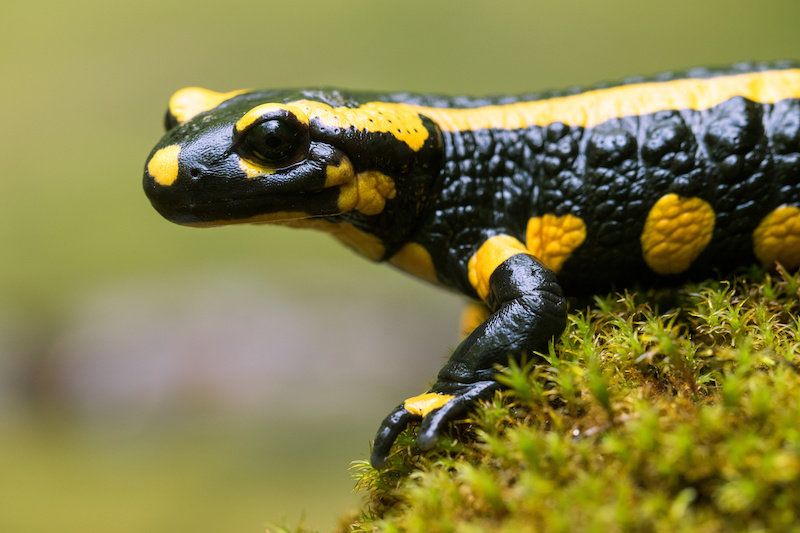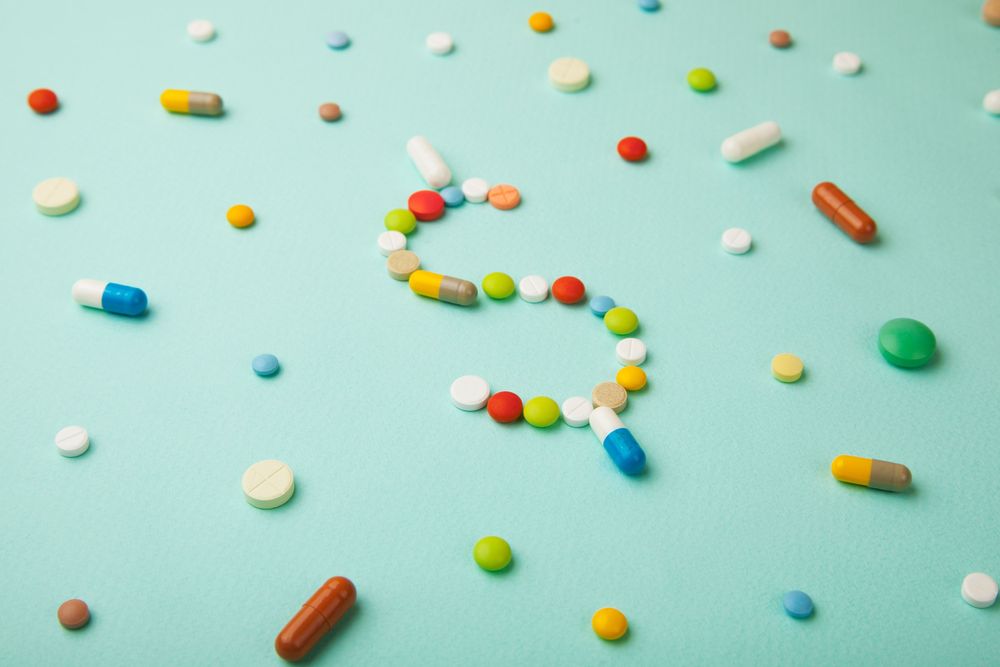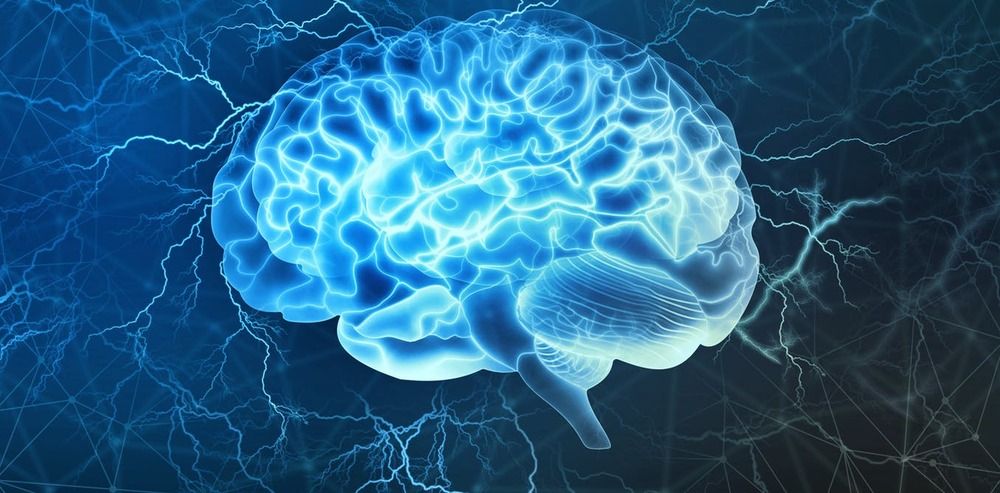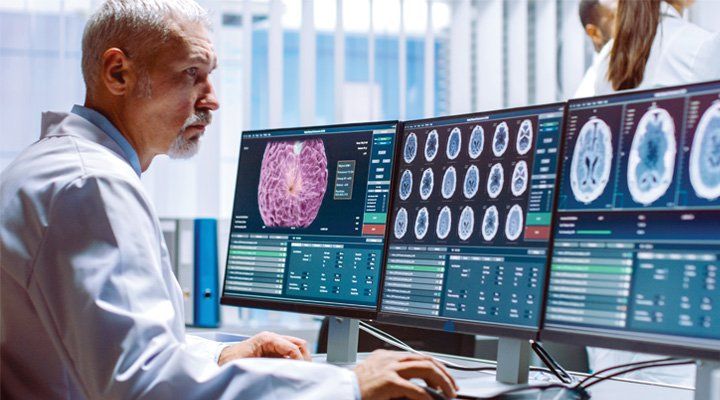Although aging is the greatest risk factor for cancer, a recent study demonstrates how aging cells might, paradoxically, hinder cancer progression.



Contrary to popular belief, cartilage in human joints can repair itself through a process similar to that used by creatures such as salamanders and zebrafish to regenerate limbs, researchers at Duke Health found.
Publishing online Oct. 9 in the journal Science Advances, the researchers identified a mechanism for cartilage repair that appears to be more robust in ankle joints and less so in hips. The finding could potentially lead to treatments for osteoarthritis, the most common joint disorder in the world.
“We believe that an understanding of this ‘salamander-like’ regenerative capacity in humans, and the critically missing components of this regulatory circuit, could provide the foundation for new approaches to repair joint tissues and possibly whole human limbs,” said senior author Virginia Byers Kraus, M.D., Ph.D., a professor in the departments of Medicine, Pathology and Orthopedic Surgery at Duke.
We’re continuing to release talks from Ending Age-Related Diseases 2019, our highly successful two-day conference that featured talks from leading researchers and investors, bringing them together to discuss the future of aging and rejuvenation biotechnology.
Dr. Andrei Gudkov of the Roswell Park Comprehensive Cancer Center gave a highly technical and in-depth presentation about the retrobiome, a specific subset of genetics that vary between mammalian species, as a key driver of aging. According to this model, as DNA damage accumulates, senescent cells are less efficiently disposed of by the immune system, strongly contributing to the familiar diseases of aging. He also discussed related topics, including how LINE1 (RTL1), a protein that is produced as part of the retrobiome, may be effective against cancer proliferation.
NOTE FROM TED: Please do not look to this talk for medical advice. We’ve flagged this talk, which was filmed at a TEDx event, because it appears to fall outside TEDx’s content guidelines. Gene therapy remains an emerging field of study. The speaker’s claims only reflect her personal views which are not corroborated by scientific evidence. TEDx events are independently organized by volunteers. The guidelines we give organizers are described in more detail here: http://storage.ted.com/tedx/manuals/tedx_content_guidelines.pdf
Liz Parrish is the CEO of BioViva USA Inc, a company committed to increasing health span and combatting the biggest diseases of our time, the diseases of aging. Liz’s talk introduces us to our species’ age-long battle with disease, our successes and achievements, and our new modern enemies to ultimate health. By using the evidence of what science has achieved and what model organisms can tell us about our journey forward, Liz shows us that with the right mentality we can defeat our foes and obtain the “golden sceptre of health”. With the current advances in gene therapy, we are on the brink of living very different lives with an unlimited amount of genetic choices. Did you know that your age is the risk factor in mortality? Listen to this talk and prepare yourself for the future.
This talk was given at a TEDx event using the TED conference format but independently organized by a local community.

Shortly after publishing a paper demonstrating how its artificial intelligence programs could generate viable lead compounds in just a few weeks, Insilico Medicine has signed a dual-program discovery collaboration with Jiangsu Chia Tai Fenghai Pharmaceutical worth up to $200 million.
Focused on previously undruggable targets in triple-negative breast cancer, the deal includes an upfront payment along with potential milestones and sales-based royalties pegged to any eventual products.
“We are very pleased to establish the partnership with Insilico Medicine, entering the new era of AI-enabled drug development,” Wenyu Xia, general manager of the China-based pharma company, said in a statement. “We look forward to a long-term partnership with Insilico Medicine.”
Which disease will you die of first? If you survive that one, which disease is next in line? If we are kept alive but unwell and continue to practice medicine the way we do today, we will all get a long list of diseases — we are just going to be stacking up more and more layers of treatment, becoming more and more unhappy and spending more and more time at the doctors.
Many thanks for watching!
Consider supporting SciFuture by:
a) Subscribing to the SciFuture YouTube channel: http://youtube.com/subscription_center?add_user=TheRationalFuture b) Donating
- Bitcoin: 1BxusYmpynJsH4i8681aBuw9ZTxbKoUi22
- Etherium: 0xd46a6e88c4fe179d04464caf42626d0c9cab1c6b
- Patreon: https://www.patreon.com/scifuture c) Sharing the media SciFuture creates: http://scifuture.org
Kind regards.
Adam Ford
- Science, Technology & the Future.

Some researchers continue to insist that simulating neuroscience with computers is the way to go. Others, like me, view these efforts as doomed to failure because we do not believe consciousness is computable. Our basic argument is that brains integrate and compress multiple components of an experience, including sight and smell – which simply can’t be handled in the way today’s computers sense, process and store data.
Brains don’t operate like computers
Living organisms store experiences in their brains by adapting neural connections in an active process between the subject and the environment. By contrast, a computer records data in short-term and long-term memory blocks. That difference means the brain’s information handling must also be different from how computers work.

The core of what we do at Nanalyze is to tell our readers all they need to know about investing in emerging technologies. Sometimes that story is much, much bigger, and what we’re really talking about is investing in emerging industries. NewSpace is one example, launching about 15 years ago with the emergence of companies like SpaceX and Virgin Galactic. It’s probably only within the last five years that the NewSpace industry has achieved real liftoff, with dozens of startups doing everything from offering launch services to building satellites to developing business analytics from space-based imagery. While we may one day end up living on Mars, we’re more interested in living a long and fruitful life right here on Mother Earth, despite the specter of cancer and dementia. An entire industry is coalescing around human longevity, promising to beat these age-related diseases and extend our lives to biblical proportions.
We’ve been covering the topic of life extension for more than five years, beginning with a profile on an anti-aging company called Human Longevity Inc, whose founders include billionaire serial entrepreneur Peter Diamandis and J. Craig Venter, a leading genomics expert. More recently, we introduced you to nine companies developing products in regenerative medicine, a broad category that refers to restoring the structure and function of damaged tissues or organs. We also tackled the more controversial topic of young blood transfusions earlier this year, as well as covered the 2019 IPO of Precision BioSciences (DTIL), a gene-editing company that wants to fight disease and re-engineer food.

The industry science behind EMF radiation is more corrupt than that of climate science, and has been so since the beginning. With the imminent rollout of 5G, no scientific studies have been done on exposure to humans at any distance. ⁃ TN Editor.
Neurosurgeon and researcher Dr. Leif Salford has conducted many studies on radio frequency radiation and its effects on the brain. Dr. Salford called the potential implications of some of his research “terrifying.” Some of the most concerning conclusions result from the fact that the weakest exposure levels to wireless radiation caused the greatest effect in causing the blood brain barrier to leak.
Since he began his line of research in 1988, Dr. Leif Salford and his colleagues at Lund University Hospital in Sweden has exposed over 1,600 experimental animals to low-level radiation. Their results were consistent and worrisome: radiation, including that from cell phones, caused the blood-brain barrier–the brain’s first line of defense against infections and toxic chemicals–to leak.